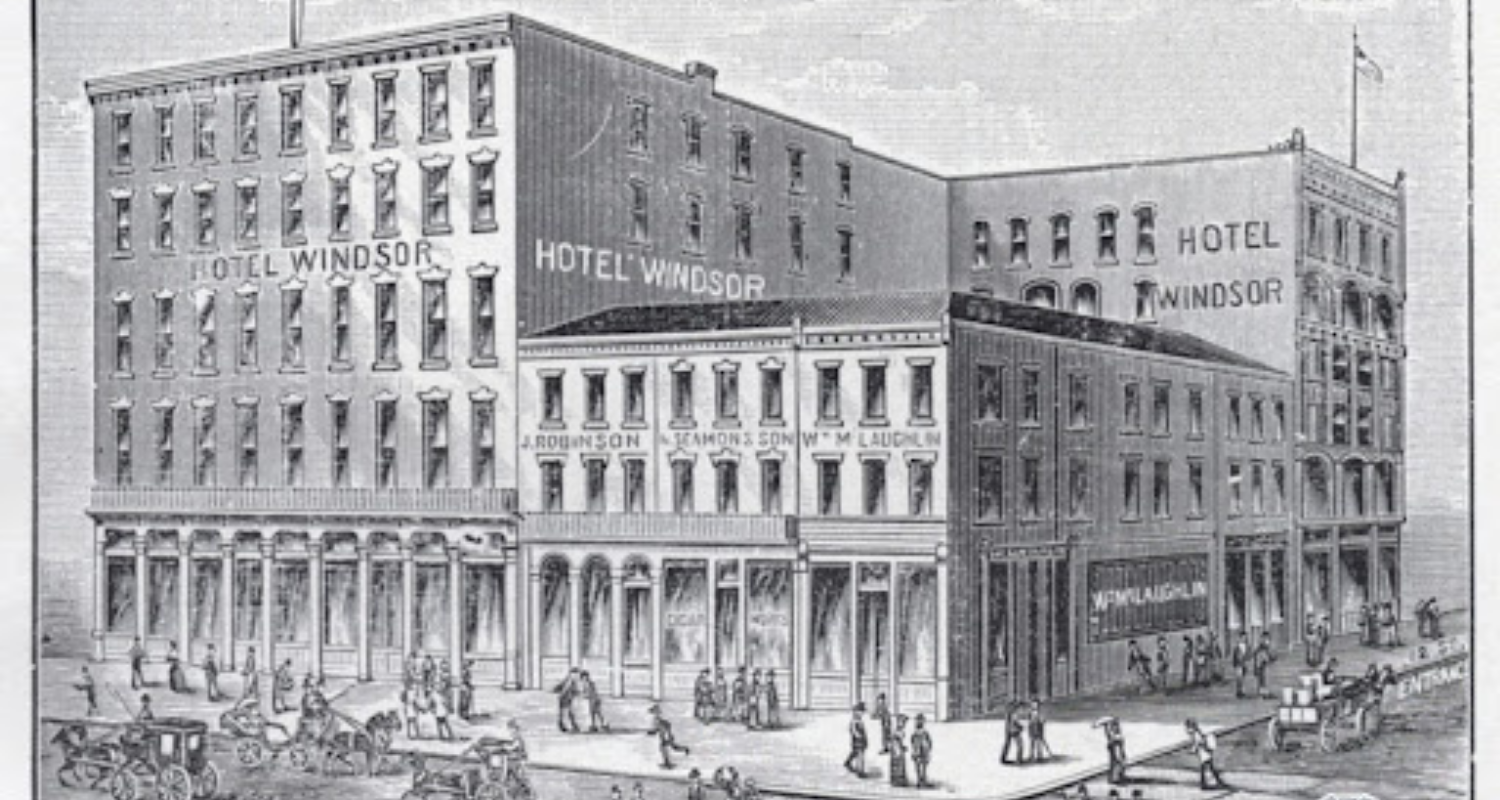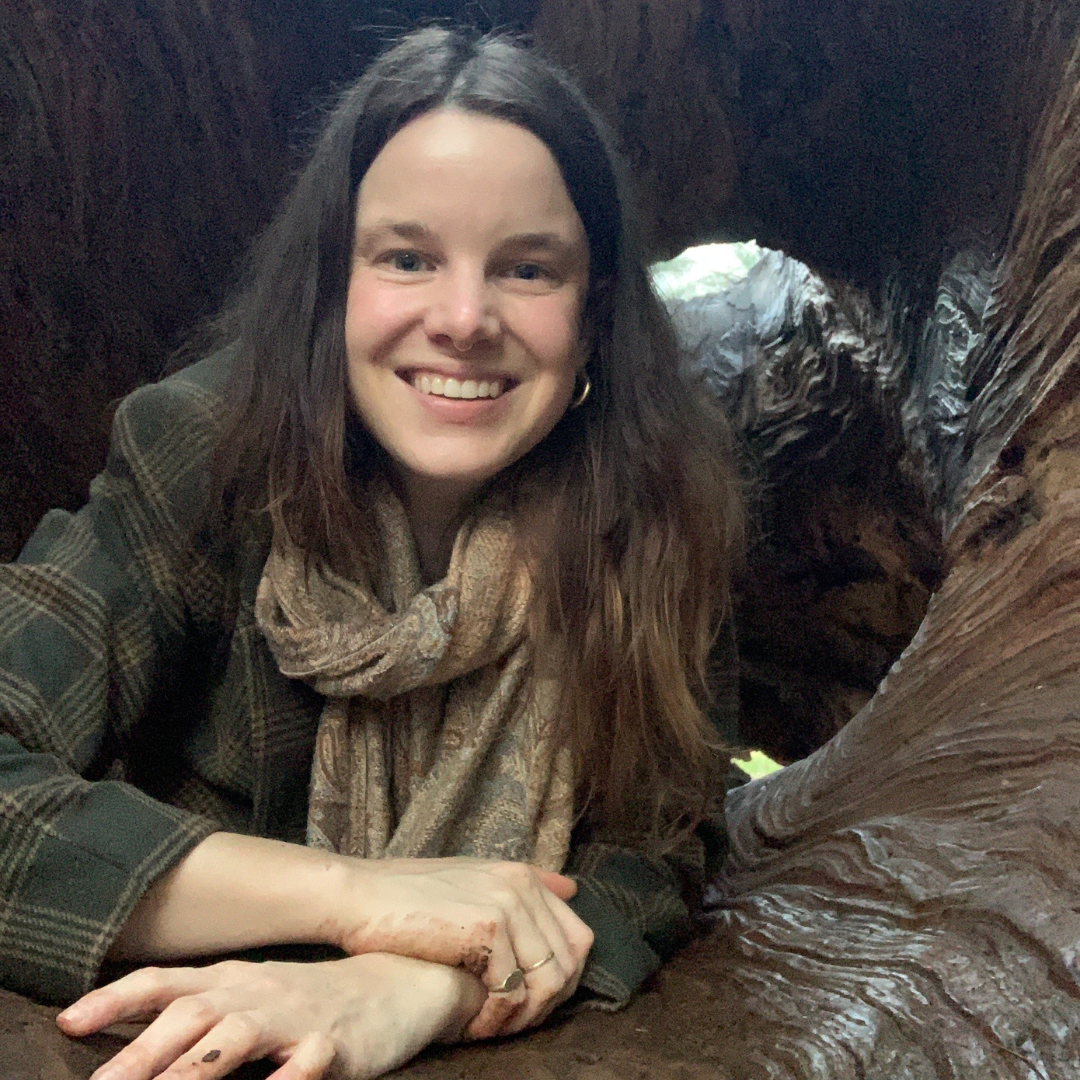On a cold January night in 1900, a crowd of revelers gathered at the Hotel Windsor to toast a dead man.1 These hundred or so people of Scottish extraction were there to celebrate the life and works of Robert Burns. Robert, or Rabbie as is affectionately called, is unequivocally regarded as the national poet of Scotland.
The “Ploughman Poet” was born January 25, 1759, in Ayrshire, Scotland. Much of his early life was consumed by the daily rituals of farm life, which in turn bled into his poetry and prose.2 The quality of his written work, as well as his struggle to conform to the conservative societal norms of the 18th century endeared him to future generations.
Origins of the Burns Supper
Five years after the death of Robert Burns, a group of his friends gathered at the Burns Cottage, a thatched-roof structure in Alloway, Scotland.3 They spent the evening drinking, feasting, and toasting their late friend. Little did they know, they were holding the inaugural Burns Supper, or Burns Night. Presumably, they enjoyed their gathering so much that they met again next year. A few years after that, they shifted the observance of this celebration to January to correspond with Rabbie’s birthday.
The Bonnie Scots of Wheeling

The first Burns Supper in Wheeling was likely celebrated by the Thistle Society in 1900. The Thistle Society had just formed that year and chose the Hotel Windsor to host their feast. By 1903 reports indicate that the Thistle Society had to turn revelers away– there was simply not enough space for all. Over the years the Thistle Society would rotate locations for their Burns Night celebrations and also held the event at Myer’s Hall 4 on the Island and the Elks Club Auditorium.5
Burns Night celebrations may have been “free form” in the early years, but by the time they reached Wheeling they adhered to a generally recognized schedule of events.6 There are usually bagpipes, or at the very least some sort of traditional music played to welcome guests, who are then greeted by the organizer or chairperson of the evening. Soon after, arguably the most notable part of the evening, the “piping of the haggis.”
Haggis is a traditional Scottish dish of sheep or calf offal mixed with suet, oatmeal, and seasoning and traditionally boiled in an animal stomach. This monumental preparation is given the respect it is owed and is brought into the dining hall on a platter with a bagpiper following behind. Then, Burns’ poem, “Address to a Haggis” is recited.
After this spectacle concludes, the dinner commences and is punctuated by keynote speeches, poetry, and more toasts.
How to Join the Festivities
It’s probably too late to score a spot at any in-person Burns Supper (unless you decide to make some last-minute Haggis) but there are a few places to catch a livestream of Burns festivities. Here are few of the virtual options:
The First is Eddi Reader’s Big Burns Supper, which happens to be one of the biggest community platforms in the South of Scotland. You can also check out the Nest Collective’s Burns Night. The Nest Collective’s program includes an instructional dance portion with a ceilidh band. Ceilidh, or cèilidh, is a Scottish or Irish social event often with dancing and music. If you’re familiar with square dancing, some of the steps may look familiar. Just keep an eye on the time differences! Since both of these streams are in the UK, their 7 p.m. celebrations will take place here in Wheeling at 2 p.m.
If you’d prefer to celebrate Burns Night in Eastern Standard Time, the Scottish Society of Ottawa will have a stream starting at 6 p.m. (EST).
• Kate Wietor is currently studying Architectural History and Historic Preservation at the University of Virginia in Charlottesville, Virginia. She spent one glorious year in Wheeling serving as the 2021-22 AmeriCorps member at Wheeling Heritage. Since moving back to Virginia, she’s still looking for an antique store that rivals Sibs.









